No, peppercorn is not actually pepper. Despite the name and common misconception, peppercorns come from the Piper nigrum plant and belong to the Piperaceae family, while true peppers (like chili peppers and bell peppers) come from the Capsicum genus in the Solanaceae family. This confusion dates back to ancient spice traders who named peppercorns 'pepper' due to their spicy kick.
Understanding this distinction matters for home cooks, spice enthusiasts, and anyone who's ever wondered why their pepper grinder doesn't contain actual peppers. This guide delivers the botanical truth, explains why the confusion exists, and provides science-backed techniques to transform your use of peppercorns in cooking.
Table of Contents
- What Exactly Is Peppercorn? A Botanical Breakdown
- Debunking the Myth: Is Peppercorn Actually a Pepper?
- Why Color Matters: Black, White, Green & Pink Peppercorns
- How to Use Peppercorns Like a Pro, Not Just a Person With a Grinder
- Storage Hacks That'll Keep Your Peppercorns Fresh (And Not Dusty)
- 5 Surprising Ways to Cook with Peppercorns Beyond Grinders
- The Science Behind the Spice: Why Peppercorns Pack a Punch
- Buying Guide: Whole vs. Ground, Organic vs. Regular
What Exactly Is Peppercorn? A Botanical Breakdown
Piper nigrum, the plant behind black pepper, produces small berries known as peppercorns. Despite the name, these aren't peppers in the capsicum family like jalapeños or bell peppers.
Traded along ancient routes from India to Europe, peppercorn was once worth its weight in gold — a testament to its enduring culinary value. So why "peppercorn"? Because they're spicy, round, and were historically called "pepper" by spice traders back when botanical classification wasn't a science.
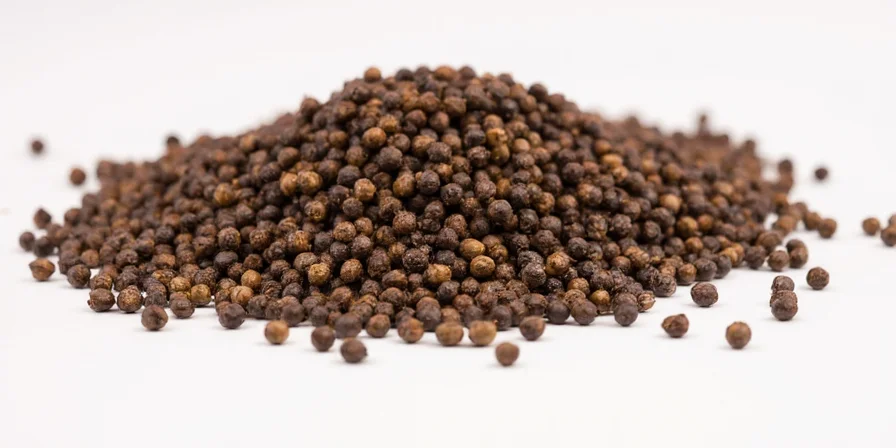
Debunking the Myth: Is Peppercorn Actually a Pepper?
Here's the definitive answer: No. Technically speaking, true peppers come from the Capsicum genus (like chili peppers). Peppercorns belong to the Piper genus. They're distant cousins in the spice family tree, but they definitely don't go in the same salsa recipe.
The term "pepper" was borrowed by early European traders who tasted the spicy kick of these little berries and said, "This tastes kinda like chili, let's call it pepper!" This historical misnaming created confusion that persists today.
Peppercorn vs. Chili Pepper: A Quick Comparison
| Feature | Peppercorn (Piper nigrum) | Chili Pepper (Capsicum) |
|---|---|---|
| Spice Source | Piperine alkaloid | Capsaicin compound |
| Heat Level | Mild to moderate | Mild to extreme |
| Plant Family | Piperaceae | Solanaceae |
| Texture | Dense, woody berry | Fleshy, watery fruit |
| Flavor Profile | Earthy, sharp, citrusy | Smoky, fruity, fiery |
Why Color Matters: Black, White, Green & Pink Peppercorns
Peppercorns come in multiple shades, each with its own flavor profile, processing method, and culinary use. Here's a breakdown:
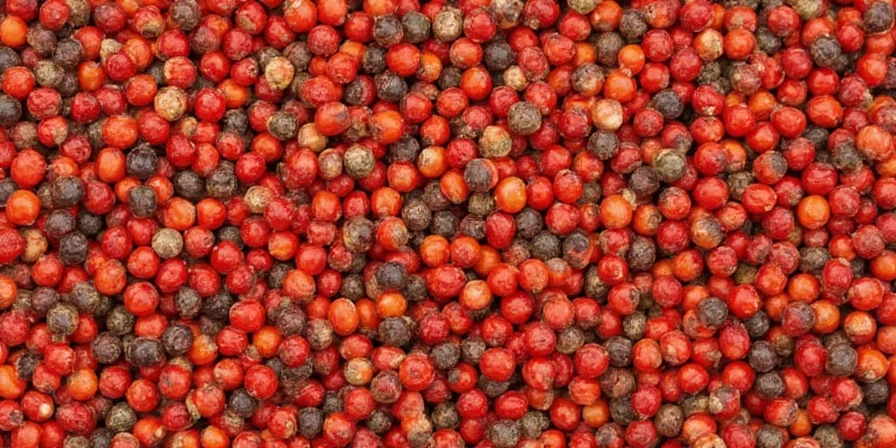
Black Peppercorns
- Harvested when almost ripe
- Sun-dried until darkened
- Strongest, most pungent flavor
- Ideal for everyday grinding
White Peppercorns
- Ripe peppercorns soaked to remove outer skin
- Subtler heat, earthier taste
- Popular in French and Chinese cuisines
- Better for creamy dishes (no black specks)
Green Peppercorns
- Unripe berries preserved in brine or freeze-dried
- Fresher, herbal, less intense flavor
- Used in sauces, stews, and Thai curries
Pink Peppercorns
- Not true peppercorns — they're from Schinus terebinthifolius
- Less spicy, sweet-fruity note
- Common in desserts, cocktails, and fancy charcuterie boards
How to Use Peppercorns Like a Pro, Not Just a Person With a Grinder
If your only exposure to peppercorns is through the twist-top shaker next to your salt, you're missing out. Here are some ways to up your game:
- Crush, Don't Grind: For bold steaks or marinades, use a mortar and pestle for uneven texture and more flavor burst.
- Add Early in Cooking: Unlike salt, pepper needs time to bloom. Add whole peppercorns to soups or braises to infuse depth.
- Toast for More Flavor: Lightly toast peppercorns in a dry pan before grinding for a nuttier, smokier edge.
- Infuse Oils and Vinegars: Drop whole peppercorns into olive oil or vinegar bottles to add a subtle kick.
- Use Different Colors Strategically: Try white pepper in mashed potatoes, green in seafood dishes, and pink in berry salads.

Storage Hacks That'll Keep Your Peppercorns Fresh (And Not Dusty)
Ever opened your pepper grinder and all that came out was a fine gray powder that tasted like regret? Yeah. That's old pepper.
To keep your peppercorns tasting vibrant:
- Store Whole: Ground pepper loses flavor fast. Buy whole peppercorns and grind as needed.
- Airtight Containers: Use glass jars with tight lids — avoid plastic if possible (they let air and moisture in).
- Away from Light: Keep them in a cool, dark cupboard. Sunlight = enemy of flavor.
- No Refrigeration Needed: Contrary to popular belief, refrigerating doesn't extend shelf life and may cause condensation.
- Check Shelf Life: Whole peppercorns last up to 3–4 years. Ground? About 6 months max.
5 Surprising Ways to Cook with Peppercorns Beyond Grinders
You don't need to stick to the pepper mill every time. Get creative with these ideas:
- Whole in Stocks and Broths: Adds subtle warmth without overpowering other flavors.
- In Marinades: Crushed black peppercorns work wonders in meat or tofu rubs.
- In Pickling Brines: A few whole peppercorns bring complexity to pickled vegetables.
- With Chocolate: Seriously. A pinch of crushed pink peppercorns can elevate chocolate-based desserts with a floral kick.
- As a Cocktail Garnish: Muddle a few crushed black peppercorns into whiskey drinks for a smoky finish.
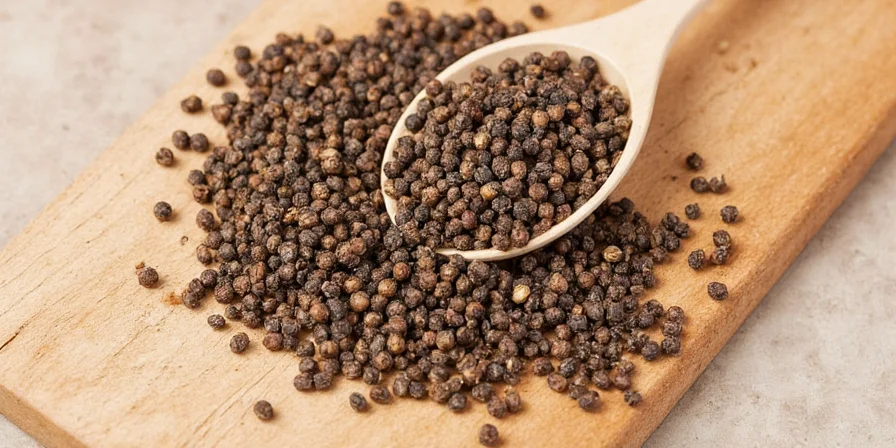
The Science Behind the Spice: Why Peppercorns Pack a Punch
Ever wonder why peppercorns feel different than chilies? It's all in the chemistry:
- Active Compound: Piperine
- Effect: Stimulates pain receptors, causing that warming sensation
- Duration: Short-lived, doesn't linger like capsaicin
- Enhances Nutrient Absorption: Piperine increases the bioavailability of nutrients like curcumin (found in turmeric) — a bonus if you're health-conscious.
Buying Guide: Whole vs. Ground, Organic vs. Regular
When it comes to buying peppercorns, not all are created equal. Here's a quick cheat sheet:
| Factor | Whole Peppercorns | Ground Pepper |
|---|---|---|
| Shelf Life | 2–4 years | 6–12 months |
| Flavor Intensity | Full-bodied, aromatic | Duller, flat over time |
| Versatility | More uses (crushed, infused, toasted) | Limited to seasoning |
| Option | Organic | Non-Organic |
|---|---|---|
| Pros | No pesticides, better sustainability | Cheaper, widely available |
| Cons | Higher price tag | Possible chemical residues |
Pro Tip:
Buy organic whole black peppercorns in bulk and store them in vacuum-sealed containers. You'll save money and keep your pantry spicy for years.
Frequently Asked Questions
Are peppercorns actually peppers?
No, peppercorns come from the Piper nigrum plant and are not related to chili peppers (Capsicum genus). The name 'pepper' was adopted by European traders due to its spicy flavor.
What's the difference between black and white peppercorns?
Black peppercorns are harvested unripe and sun-dried, resulting in a bold, pungent flavor. White peppercorns are ripe berries with the outer skin removed, yielding a milder, earthier taste ideal for light-colored dishes.
How long do whole peppercorns stay fresh?
When stored in an airtight container away from light and moisture, whole peppercorns maintain peak flavor for 2-4 years. Ground pepper loses potency within 6-12 months.
Can I use different peppercorn colors together?
Absolutely. Combining black, green, and pink peppercorns creates complex flavor layers. Try a custom blend in steak rubs, infused oils, or even chocolate desserts for surprising depth.
Why does my pepper grinder stop working?
Moisture causes peppercorns to clump. Ensure your peppercorns are completely dry and store the grinder in a low-humidity environment. Using freshly purchased whole peppercorns prevents clogging.
Conclusion
The peppercorn vs. pepper confusion stems from historical naming conventions, not botanical reality. Understanding this distinction empowers you to use different peppercorn varieties more effectively in your cooking.
They're versatile, chemically complex, and deeply rooted in global cuisine. Whether you're using them for flavor, function, or fun, there's no denying their place in every kitchen worth its salt (and pepper).
Now go ahead. Open that dusty grinder, upgrade to whole peppercorns, and give your food the kick it deserves — with complete understanding of what you're actually sprinkling on your dinner.
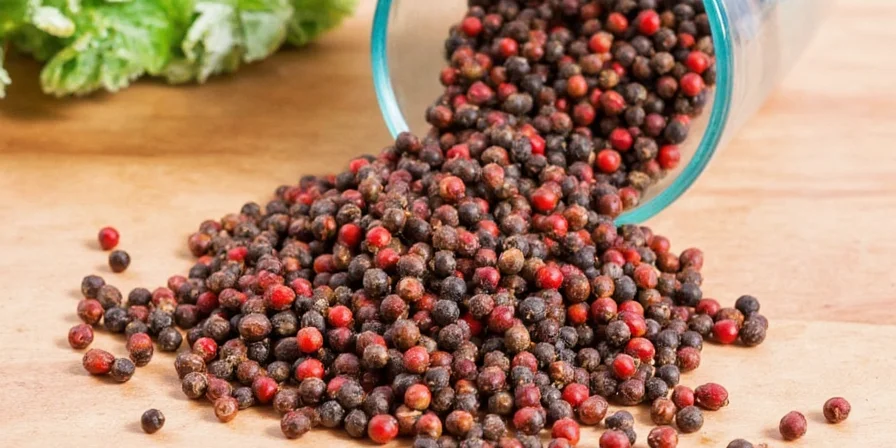

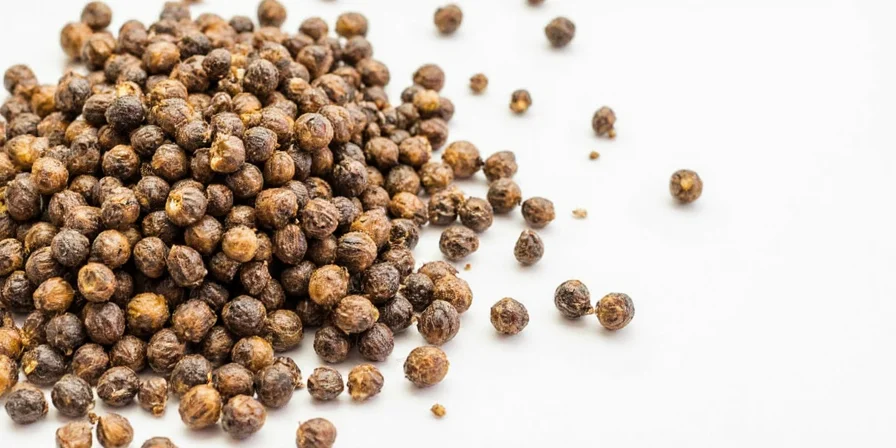









 浙公网安备
33010002000092号
浙公网安备
33010002000092号 浙B2-20120091-4
浙B2-20120091-4